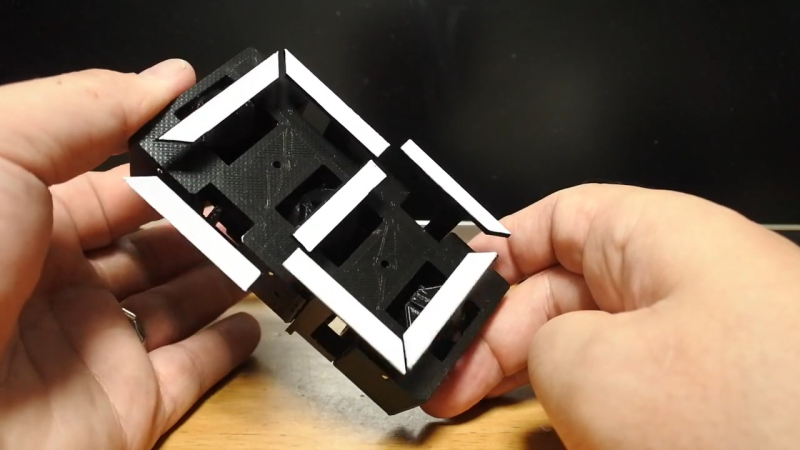Long cables are only neat once – before they’re first unwrapped. Once that little cable tie is taken off, a cable is more likely to end up rats-nested than neatly coiled.
Preventing that is the idea behind this 3D-printed cable reel. The cable that [Kevin Balke] wants to make easier to deal with is a 50 foot (15 meters) long Vive lighthouse sync cable. That seems a bit much to us, but it makes sense to separate the lighthouses as much as possible and mount them up high enough for the VR system to work properly.
[Kevin] put a good …read more
Continue reading Geared Cable Winder Keeps Vive Sync Cable Neatly Wound→


